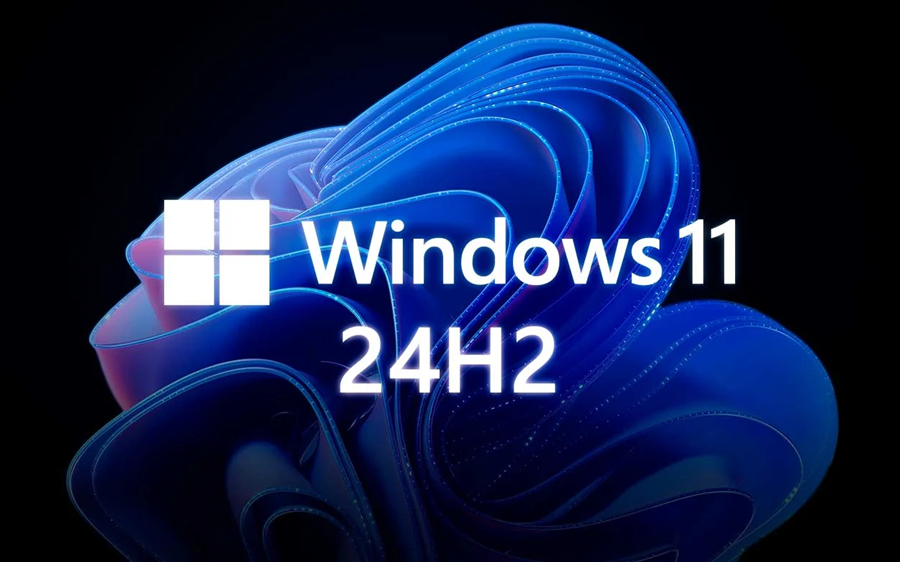|
References
- Kocher P., Jaffe J., Jun B. “Differential Power Analysis”. In Proceedings of the 19th Annual International Cryptology Conference on Advances in Cryptology. London (UK), 1999, pp. 388–397.
- Brier E., Clavier C., Olivier F. “Correlation Power Analysis with a Leakage Model”. In: Joye M., Quisquater JJ. (eds) Cryptographic Hardware and Embedded Systems - CHES 2004. CHES 2004. Lecture Notes in Computer Science, vol 3156. Springer, Berlin, Heidelberg.
- Gierlichs B., Batina L., Tuyls P., Preneel B. “Mutual Information Analysis”. In: Oswald E., Rohatgi P. (eds) Cryptographic Hardware and Embedded Systems – CHES 2008. CHES 2008. Lecture Notes in Computer Science, vol 5154. Springer, Berlin, Heidelberg.
- Chari S., Rao J.R., Rohatgi P. “Template Attacks”. In: Kaliski B.S., Koç .K., Paar C. (eds) Cryptographic Hardware and Embedded Systems - CHES 2002. CHES 2002. Lecture Notes in Computer Science, vol 2523. Springer, Berlin, Heidelberg.
- Heuser A., Zohner M. “Intelligent Machine Homicide.” In: Schindler W., Huss S.A. (eds) Constructive Side-Channel Analysis and Secure Design. COSADE 2012. Lecture Notes in Computer Science, vol 7275. Springer, Berlin, Heidelberg.
- Hospodar, G., Gierlichs, B., De Mulder, E. et al. “Machine learning in side-channel analysis: a first study.” J Cryptogr Eng 1, 293. 2011.
- Hospodar, G., De Mulder, E., Gierlichs, B., Vandewalle, J., Verbauwhede, I. “Least Squares Support Vector Machines for Side-Channel Analysis”. In: COSADE 2011. CASED, Darmstadt.
- S. Picek et al. “Side-channel analysis and machine learning: A practical perspective”. 2017 International Joint Conference on Neural Networks (IJCNN), Anchorage, AK, 2017, pp. 4095-4102.
- Zheng, Y., Zhou, Y., Yu, Z., Hu, C., Zhang, H. "How to compare selections of points of interest for side-channel distinguishers in practice?" Information and Communications Security: 16th International Conference, ICICS 2014, Hong Kong, China.
- Rechberger C., Oswald E. "Practical Template Attacks." Information Security Applications. WISA 2004.
- Gierlichs B., Lemke-Rust K., Paar C. "Templates vs. Stochastic Methods". In Goubin L., Matsui M. (eds) Cryptographic Hardware and Embedded Systems - CHES 2006. Lecture Notes in Computer Science, vol 4249, Springer, Berlin, Heidelberg, 2006, pp. 15-29.
- Stefan Mangard, Elisabeth Oswald, and Thomas Popp. “Power Analysis Attacks:Revealing the Secrets of Smart Cards”. Springer US, 2007.
- Lomné V., Prouff E., Roche T. "Behind the Scene of Side Channel Attacks". In Sako K., Sarkar P. (eds) Advances in Cryptology - ASIACRYPT 2013. ASIACRYPT 2013. Lecture Notes in Computer Science, vol 8269, Springer, Berlin, Heidelberg, 2013, pp. 506-525.
- Lerman, L., Bontempi, G., Markowitch, O. "Side channel attack: an approach based on machine learning". In COSADE 2011 - Second International Workshop on Constructive Side-Channel, 2011.
- Liu, J., Zhou, Y., Han, Y., Li, J., Yang, S., Feng, D. "How to characterize side-channel leakages more accurately?". In ISPEC 2011 - Information Security Practice and Experience:7th International Conference, Guangzhou, China, 2011.
- Houssem Maghrebi, Thibault Portigliatti, and Emmanuel Prouff. "Breaking cryptographic implementations using deep learning techniques". In Claude Carlet, M. Anwar Hasan, and Vishal Saraswat, editors, Security, Privacy, and Applied Cryptography Engineering, Springer International Publishing. ISBN 978-3-319-49445-6, 2016, pp. 3-26.
- Picek, S., Heuser, A., Jovic, A., Legay, A. "On the relevance of feature selection for profiled side-channel attacks". Cryptology ePrint Archive, Report 2017/1110, https://eprint.iacr.org/2017/, 2017.
- Bartkewitz, T., Lemke-Rust, K. "Efficient template attacks based on probabilistic multi-class support vector machines". In Mangard, S. (ed.) Smart Card Research and Advanced Applications:11th International Conference, CARDIS 2012, Graz, Austria, 2012.
- Dragomiretskiy K and Zosso D. "Variational Mode Decomposition". IEEE Transactions on Signal, vol. 62, pp. 513-544, 2014.
- H. Stoppiglia, G. Dreyfus, R. Dubois, Y. Oussar. "Ranking a random feature for variable and feature selection". J. Mach. Learn, vol. 3, pp. 1399-1414, 2003.
- Standaert FX., Malkin T.G., Yung M. "A Unified Framework for the Analysis of Side-Channel Key Recovery Attacks". In In: Joux A. (eds) Advances in Cryptology - EUROCRYPT 2009. EUROCRYPT 2009. Lecture Notes in Computer Science, vol 5479, Springer, Berlin, Heidelberg, 2009.
|



















